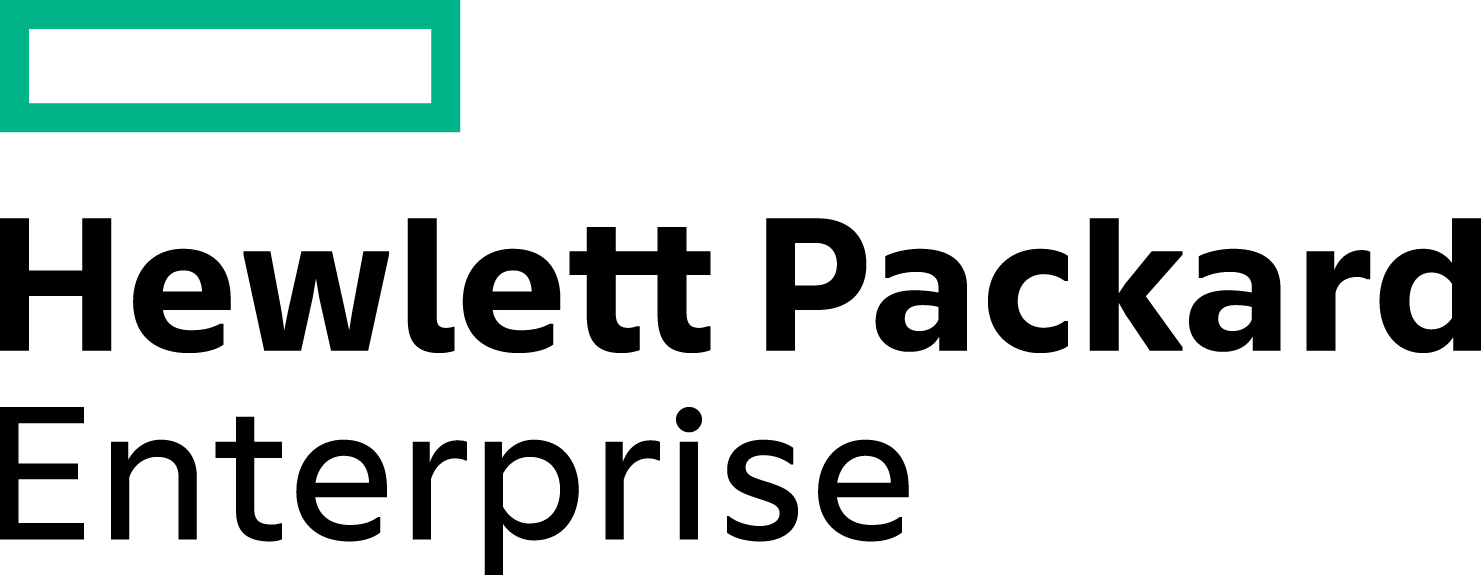Camera Ready information New
Camera ready deadline: March, 14
Template for camera ready: http://www.sigplan.org/Resources/Author/
Call for papers
The European Conference on Computer Systems (EuroSys) is a premier international forum for presenting computer systems research, broadly construed. EuroSys 2016 seeks papers on all areas of computer systems research, including, but not limited to:
- Big data analytics frameworks
- Cloud computing and data center systems
- Database systems
- Dependable systems
- Distributed systems
- File and storage systems
- Language support and runtime systems
- Mobile and pervasive systems
- Networked systems
- Operating systems
- Parallelism, concurrency, and multicore systems
- Real-time, embedded, and cyber-physical systems
- Secure systems, privacy and anonymity preserving systems
- Tracing, analysis, and transformation of systems
- Virtualization systems
Papers will be judged on novelty, significance, correctness, and clarity. We encourage papers that bridge research in different communities. We also welcome experience papers that clearly articulate lessons learned, papers that refute prior published results, and negative results. Papers will be provisionally accepted and final acceptance is subject to shepherding by a member of the program committee.
Reviewing will be double-blind, meaning the authors' identities will be hidden from the reviewers. There will not be a response/rebuttal phase. EuroSys applies the ACM's policies for plagiarism, submission confidentiality, reviewer anonymity, and prior and concurrent paper submission.
Full submission details will be published online at the conference web site. In addition to paper presentations, EuroSys 2016 will have a poster session. Submissions for posters will open closer to the conference deadline. Accepted papers will automatically qualify for the poster session, and authors will be strongly encouraged to participate.
Authors who are unsure whether or not their submissions might meet these guidelines, or with specific questions about the guidelines, are welcome to contact the program committee co-chairs at eurosys16pcchairs@gsd.inesc-id.pt.
Submission information
Submissions should be made online at http://hotcrp.gsd.inesc-id.pt/hotcrp/. Submissions should be 12 pages including everything except the references. Additional pages can be used for references if required. Papers must be formatted using a 10pt font, single spacing (minimum 11pt spacing between lines), two columns with 0.33 inches between columns, and a text box of 7 by 9 inches. Please ensure that the pages are numbered. Authors should be able to use this version of the SIGPLAN template, which has been modified to use 10pt font, and specify the "preprint" option to achieve the required formatting.
Reviewing will be double-blind, and so papers must not identify the authors. In place of the authors' names, please indicate the paper ID number assigned when registering the paper, along with the total number of pages in the submission. When referring to your own previous work, you should use the third person. In the cases where that is not possible (such as an accompanying TR), you should blind the reference and send an anonymized version of that document to the PC chairs at submission time.
Papers that violate the submission guidelines will be rejected regardless of their merit. Accepted papers will be allowed 14 pages in the proceedings, plus references.
Authors who have questions about their submission can contact the PC co-chairs at eurosys16pcchairs@gsd.inesc-id.pt
Important dates
| Abstract Submission | October 16, 2015, 11:59pm UTC | |
| Full paper Submission | October 23, 2015, 11:59pm UTC | |
| Notification to authors | January 29, 2016 | |
| Camera ready deadline | March 14, 2016 |
Asset release and artifact evaluation
The members of the EuroSys community generally value a paper more highly if it is accompanied by assets that were not previously available. These assets may include data from the paper's experiments, input traces or datasets, source code, tools developed as part of the submitted work, or execution traces of the evaluated system.
We encourage authors to provide any supplementary material that will support the claims made in the paper, enable future comparative studies, and allow other researchers to build upon the work described in the paper. This asset release is voluntary and will not influence the program committee's decisions. In cases where this may violate the anonymity of the submission, this material should only be released after the paper is accepted.
In addition, based on the discussion at the EuroSys 2015 business meeting, we are investigating the possibility of a new artifact evaluation program, similar to the artifact evaluation done at recent PLDI and POPL conferences. This program will be voluntary and conducted after the paper review process; as a result, it will not influence the program committee deliberations. Further details will be announced later.














